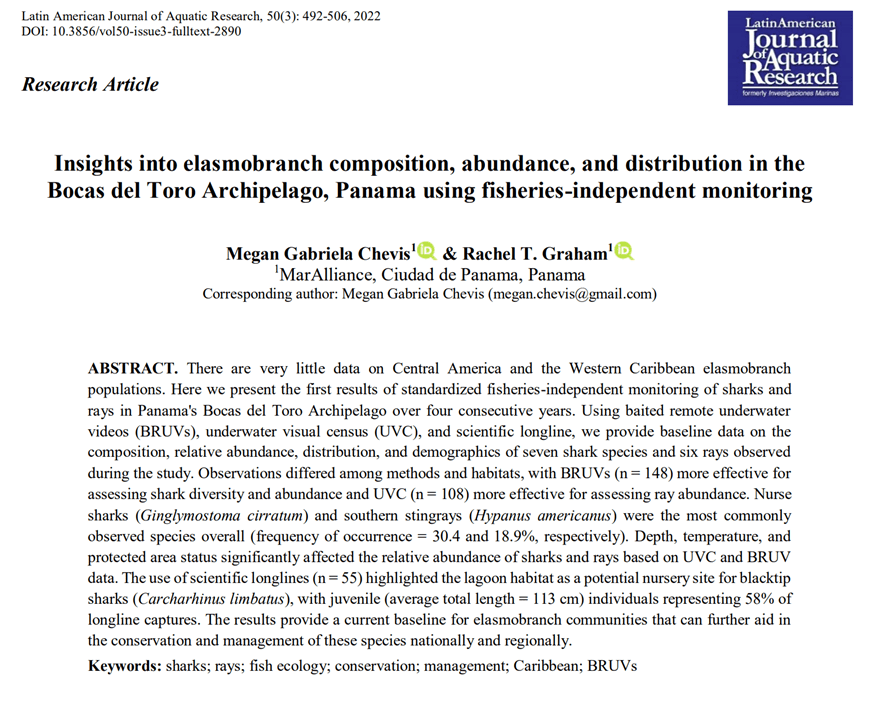There are very little data on Central America and the Western Caribbean elasmobranch populations. Here we present the first results of standardized fisheries-independent monitoring of sharks and rays in Panama’s Bocas del Toro Archipelago over four consecutive years. Using baited remote underwater videos (BRUVs), underwater visual census (UVC), and scientific longline, we provide baseline data on the composition, relative abundance, distribution, and demographics of seven shark species and six rays observed during the study. Observations differed among methods and habitats, with BRUVs (n = 148) more effective for assessing shark diversity and abundance and UVC (n = 108) more effective for assessing ray abundance. Nurse sharks (Ginglymostoma cirratum) and southern stingrays (Hypanus americanus) were the most commonly observed species overall (frequency of occurrence = 30.4 and 18.9%, respectively). Depth, temperature, and protected area status significantly affected the relative abundance of sharks and rays based on UVC and BRUV data. The use of scientific longlines (n = 55) highlighted the lagoon habitat as a potential nursery site for blacktip sharks (Carcharhinus limbatus), with juvenile (average total length = 113 cm) individuals representing 58% of longline captures. The results provide a current baseline for elasmobranch communities that can further aid in the conservation and management of these species nationally and regionally.

